Violin
and viola teacher
What's the difference?
I think violin
and viola teacher have a very similar job and here I'll tell you what I
think the similarities and the differences are.
In teaching
I
follow what I've learned from Kató Havas, which is
all
about how to
use our body to prevent
or eliminate
physical tension which causes physical problems like pain,
tendinitis
etc., makes playing much harder and creates mental tension,
stage fright.
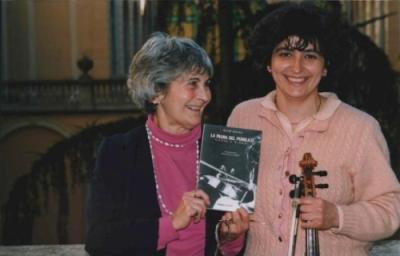
In the above photo you can see
Kató Havas and I in Milan, in 1997,
when my translation of
her book Stage fright was published
Just to briefly give you some information, Kató Havas was a child prodigy with the violin. Then, over nearly fifty years she developed what she called the "New Approach" to violin (and viola) playing, focused on the correct use of the body when playing. It's not just about the fingers involved in playing, it's all the upper part of the body.
She wrote
several books on this subject, I very warmly recommend them, they are
very good books for any violin and viola teacher,
if you want to read more. I read them after reading many other
books
about string playing and teaching. I also translated three
books
of hers into Italian, which you can see here,
met her and
attended several workshops in Italy, so eventually I decided to
teach this way and I teach both violin and viola.
By
focusing on the correct use of
the body, rather than on the instrument, there is not much difference
between violin and viola teaching, because the two instruments are
played nearly in the same way and the basics of playing are the same.
There
are differences when the players are more advanced, about tone
production especially for the viola, about fingerings and about
repertoire.
Of course, the viola teacher will know the viola repertoire
much better than the violin teacher and vice versa, and can give advice
to their student as what to choose.
Anyway, violin
and viola teachers have to be music teacher in a broad sense, teaching
the students much
more than just placing the fingers on the fingerboard. I tell my
students to understand the meaning of the music, what the composer
meant to say and many other things related to his music.
How I teach violin and viola
I think a violin and viola teacher
should teach what the student wants to learn. When I have a new
student, at the
first lesson I ask him or her to play whatever they have prepared and
then ask them what they
would like to improve
in their playing and then we work on that. This because the student's
opinion on what he/she needs may be very different from mine, and it's
important to address what the students consider a problem, so they can
see they are improving.
Also I ask them what sort of
music
they'd like to play, what pieces, what is their purpose in playing.
Everybody is different.
Some want to take exams,
others want to play
just for fun, some want to play on their own, others want to do chamber
music, join an orchestra,
others want to do folk
music or learn how to play
by ear.
I'd
never tell a student who wants to learn to play by
ear and join a fiddle band, "No, you have to take grades!" They'd hate
me. Also I wouldn't teach folk music to a student who wants to
prepare pieces
for an exam.
Now
I teach the new approach and I see that my pupils have a nice
tone from the very beginning, the advanced ones improve very quickly,
all enjoy themselves much more, learn more
quickly and overcome nerves.
Music theory
I
play folk music too and I sometimes get students who want to learn some
tunes and join a group but don't want to learn to read. I
never
force anyone to learn to read. At the same
time I explain them that by reading they would be able to learn and
play many more tunes more quickly. Eventually, some change their mind
and want to learn to read.
Violin and viola lessons
At
lessons, I always bring my viola with me, I always play
something with the student, even if it's the very first lesson for a
violin or viola student. This way from the beginning I want them to get
used
to hear and play with another player, listening, learning the
importance of a steady rhythm and pace. The student feels he/she can
play some real music, not just open strings. If my student plays viola,
we
can make a nice viola duo. If the student plays violin, this would an
opportunity to hear the viola and play with a viola player.
On
the other hand, if I have to demonstrate something, I always use the student's instrument.
This is because for many students is very easy to complain
about the quality of their instruments when they are not happy with
their tone, while they should be aware that what counts, more
than the instrument,
it's the way they play it.
I
show them that by releasing all the tensions in their shoulders, arms,
hands, by not gripping the instrument and the bow they can produce a nice tone.
And this applies also to the very beginners, it's not true that they
(and their family and neighbours) have to suffer months and months of
horrible screeching.
Useful Videos for any
Violin and Viola Teacher
Finally, no matter what you are, violin and viola teacher, student or player, I'd like to recommend you to watch some videos of a workshop with Kato Havas to learn to play without tension, with practical exercises.
What is it about?
I want to make sure that my students play because because they love it, not because somebody else tells them to do it.
In case you are thinking of learning to play violin or viola or you already play and are looking for a violin or viola teacher, consider that it's not only about playing all the right notes or passing exams, it's a very special way to communicate with people. You need to really want to say something, tell them a story and enjoy this communication and make them enjoy it as well.
Playing violin, viola or any instruments requires commitment and dedication, it doesn't happen in one week, but it's worth the effort many times.
So, happy playing! And call 07985 025129 or send a message.
Go from Violin and viola teacher to Home


and get FREE the famous
Rules for a Musical Life
of a great composer!
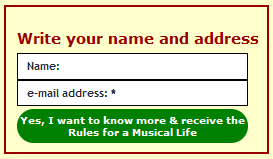

Recommended readings
Some comments about my viola and violin teaching from my pupils
Recommended readings to eliminate physical injuries and stage fright
Click on them to read each book's description
I translated them into Italian, you can see them here
Stage fright
Its causes and cures
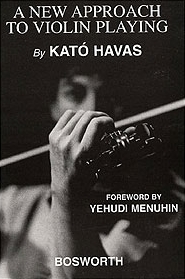
A New Approach
to violin playing
Havas New Approach
Teaching DVD
on the causes and cures of physical injuries in violin and viola playing
With detailed exercises on the release of tension and performance anxiety
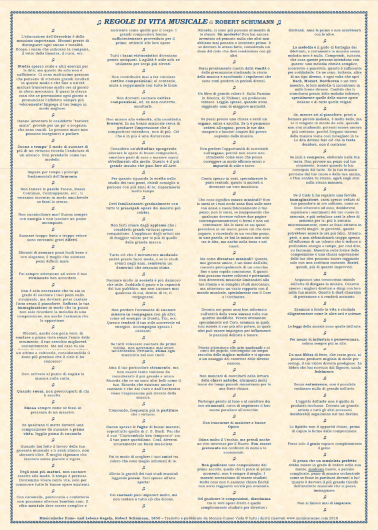
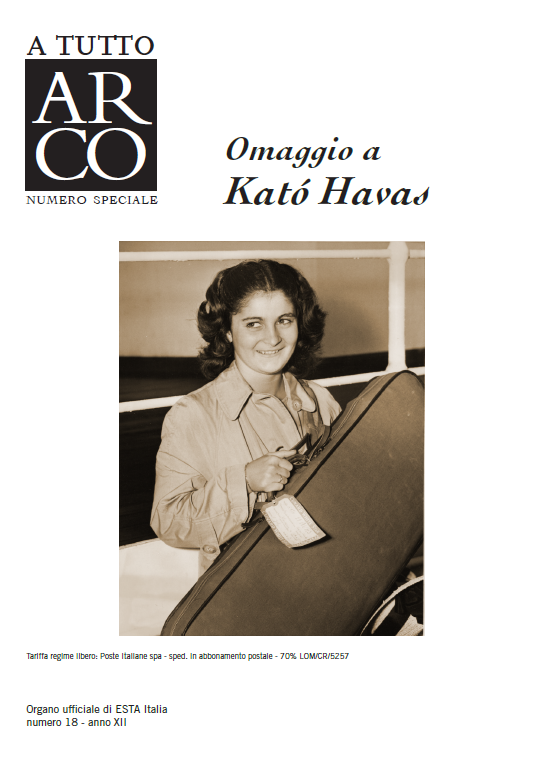



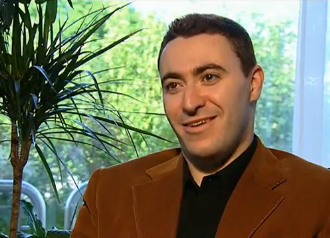
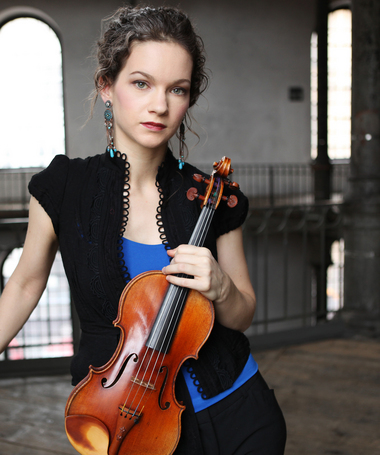
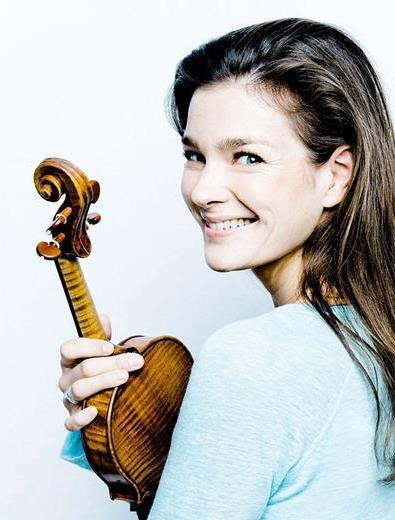
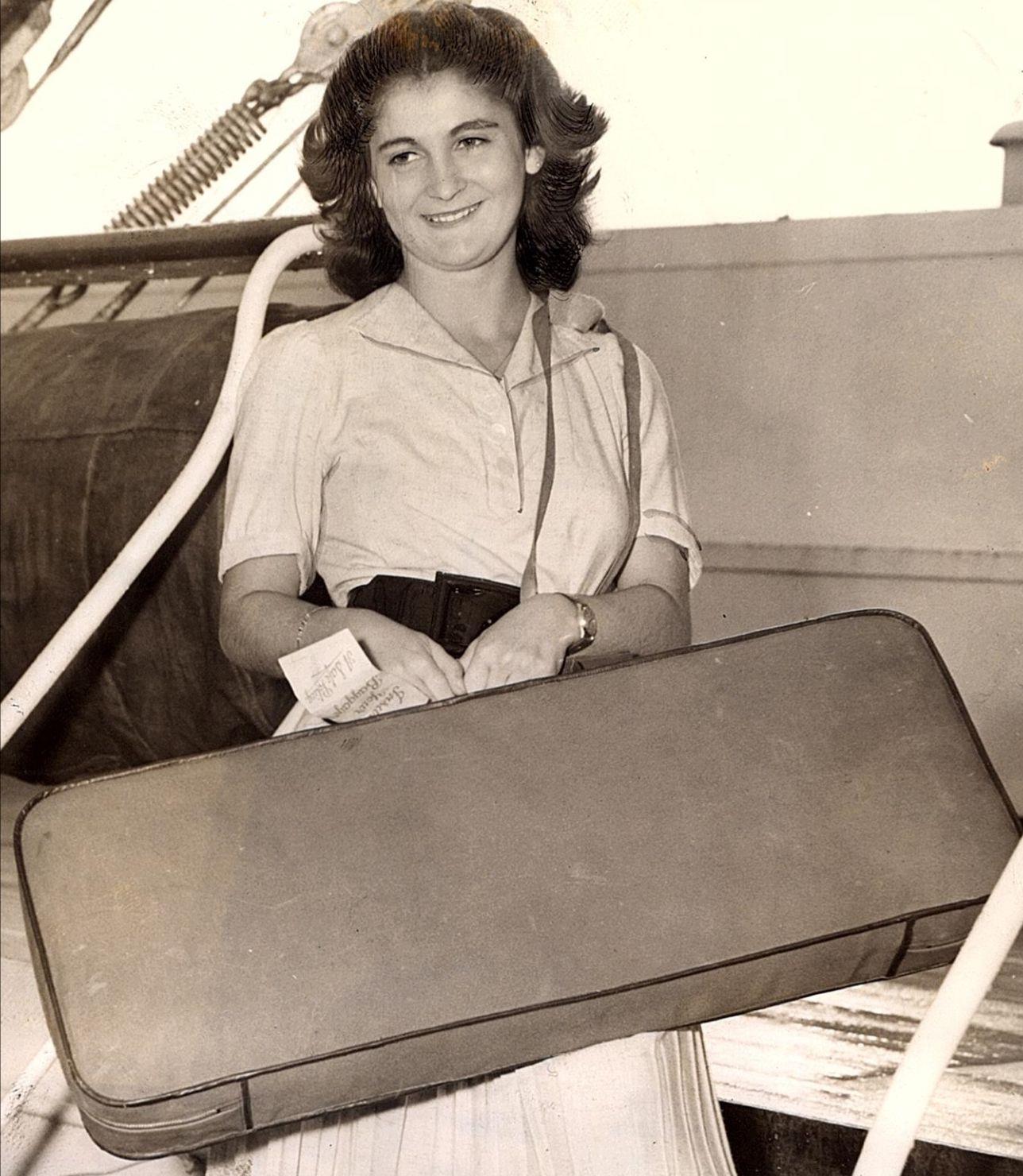
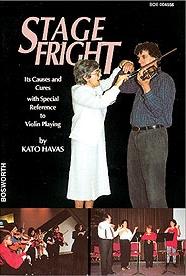
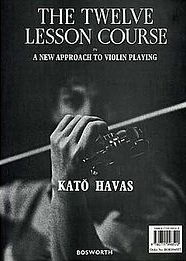
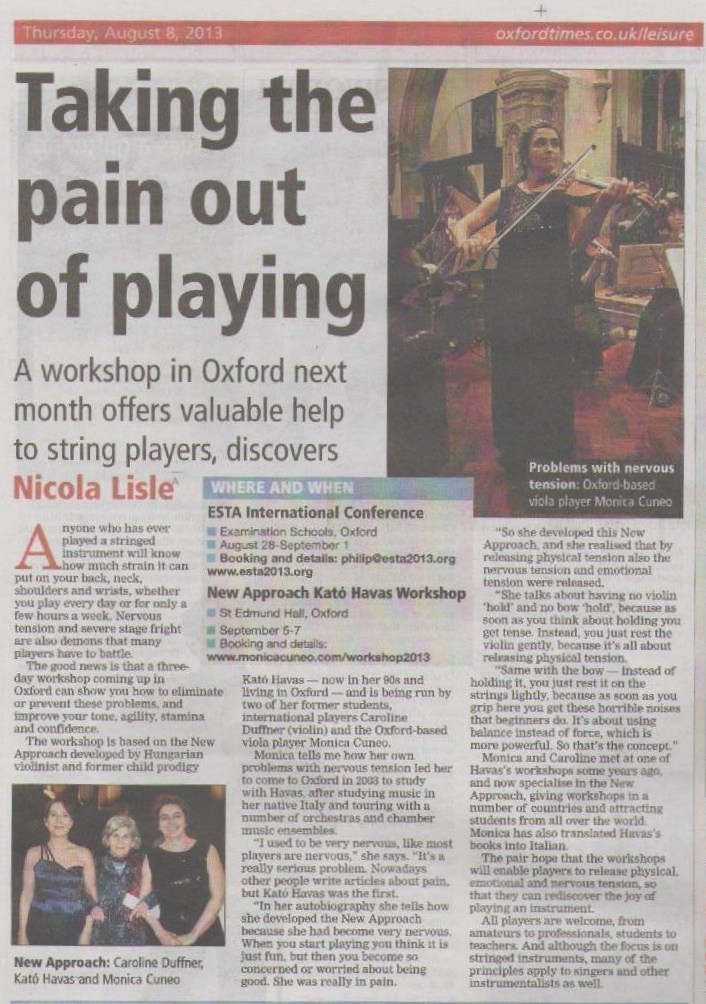
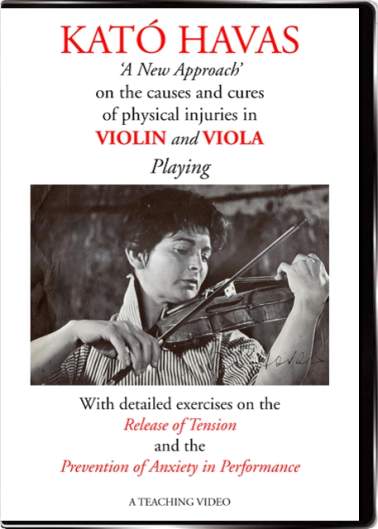
New! Commenti
Cosa ne pensi? Lascia il tuo commento qui sotto e condividi la pagina!Have your say about what you just read! Leave me a comment in the box below.